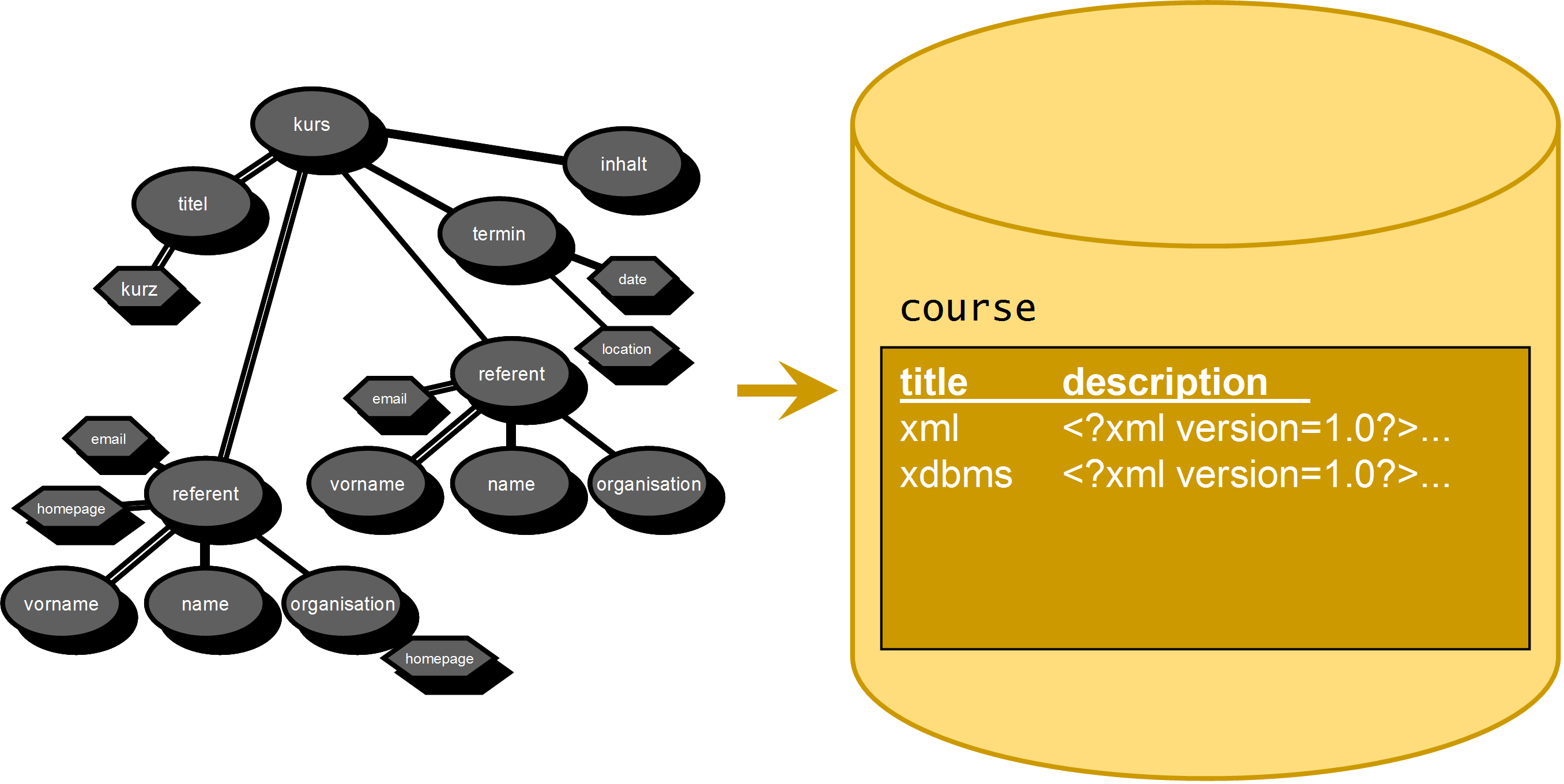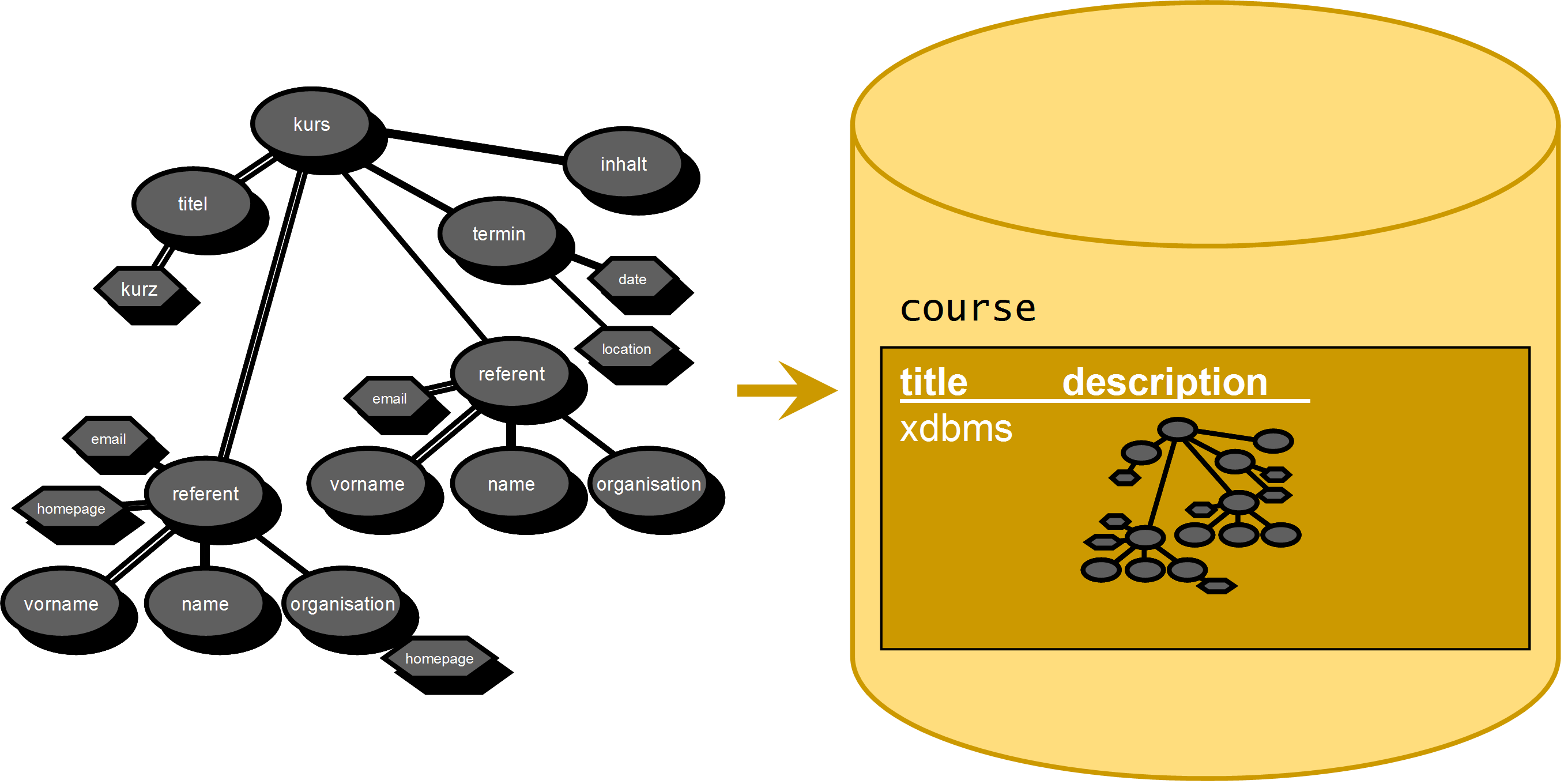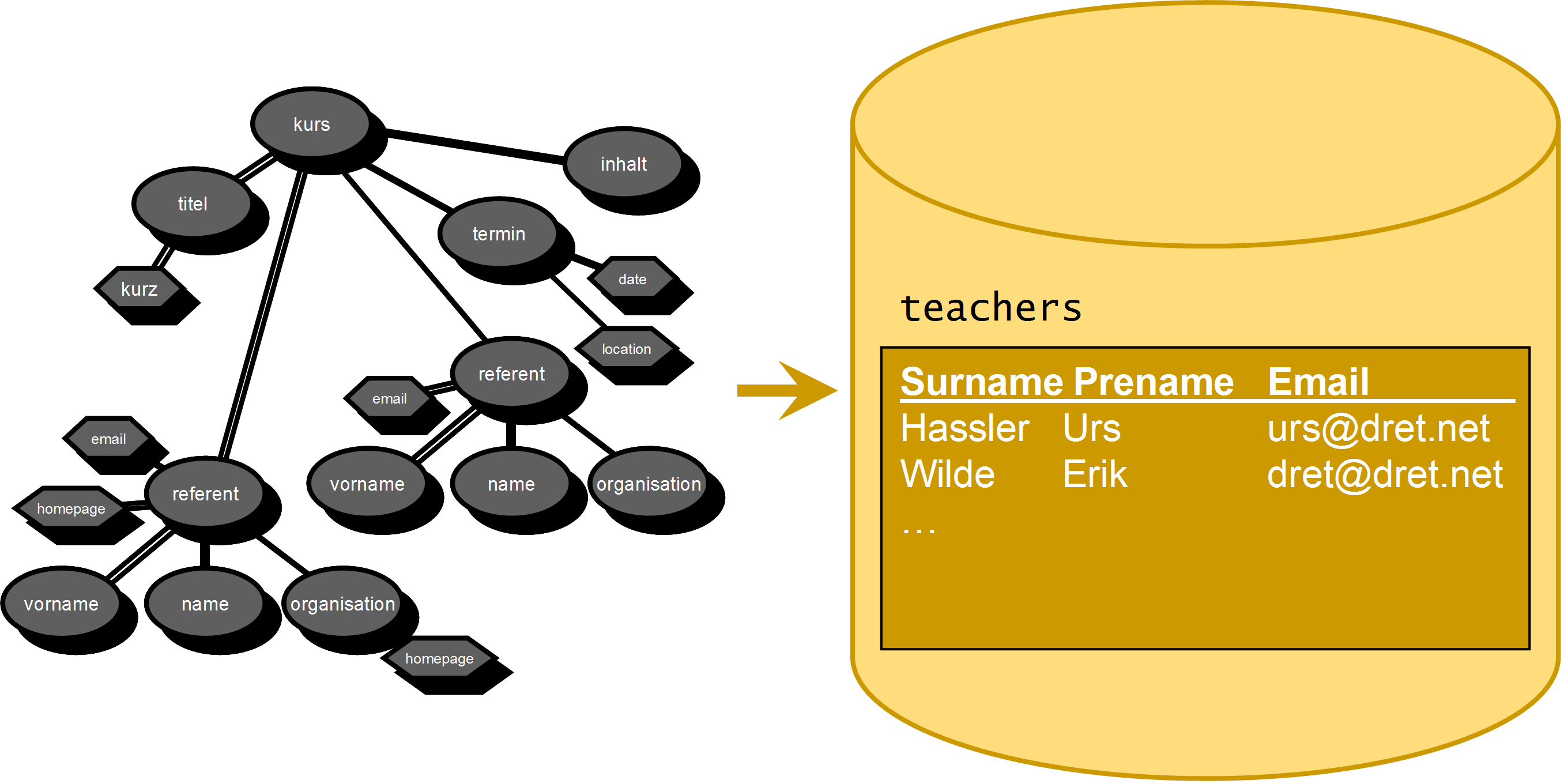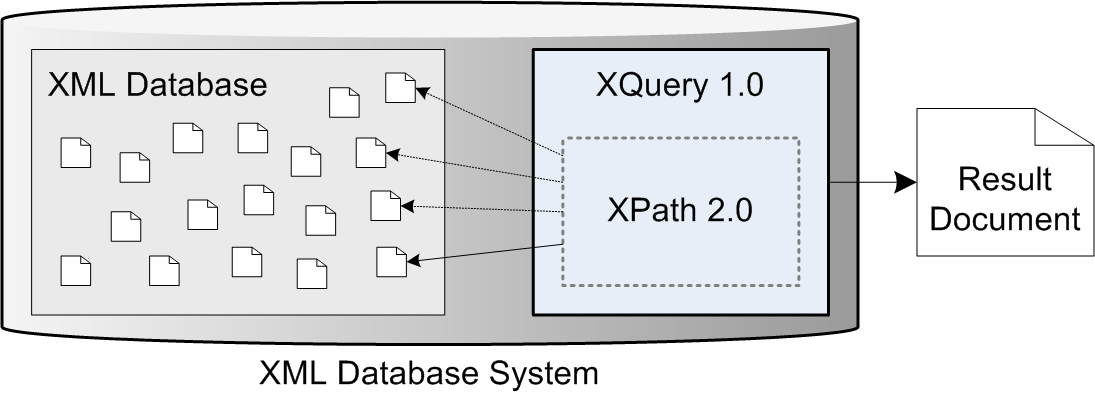XML Query (XQuery) – Part II
XML Foundations [./]
Fall 2013 — INFO 242 (CCN 41613)
Erik Wilde, UC Berkeley School of Information
2013-12-02
![]() [http://creativecommons.org/licenses/by/3.0/]
[http://creativecommons.org/licenses/by/3.0/]
This work is licensed under a CC
Attribution 3.0 Unported License [http://creativecommons.org/licenses/by/3.0/]





